A perfect example is tomatoes. Tomato flavor is a combination of sweet and acid, with the perfect balance very much an individual preference. Gardeners love to share their favorites, over the years I’ve found some friends’ enthusiastic recommendations to be bland or too sweet or too acid. I’ve always attributed this to distinctions in garden soil and water and growing techniques – similar to differing results of exactly the same brownie recipes – but also how their personal tastes have changed.
Consequently, I offer these guidelines to harvesting summer crops. The one caveat I insist on, however, is that you leave the fruit on the plant until you determine its harvest-time. None of this business of picking the tomato and setting it on the kitchen counter for 3 weeks, please! The whole point of growing your own is to enable the fruit to ripen to its perfect moment of ripeness – whatever you determine that is – and then harvest and enjoy it immediately, or at least within the hour or so. Best yet is harvesting it and then slurping it right there, bent over so the excess drippings fall back into the garden!
Blackberries, Boysenberries, Raspberries
“Tickle” from underneath the cluster of berries that are dull matte on their surface instead of shiny, and they should fall into the palm of your hand. If you have to pull on the fruit, it’s not ripe enough, and it’ll be on the tart side; let it ripen another day or so until it releases on its own.
Cucumbers
Gauge the size according to the variety and your use. If you’ll eat them fresh, then six to eight inches. If you’ll process them, then no longer than 2 inches for sweet gherkins, 2-3 inches for baby dills, and 4 inches for large dills. You’ll want them to be bright green, and their sides almost but not quite filled out – if they’re fully round, the seeds will be too well-developed. Lemon cukes will be light green with only a tinge of yellow.
Fruits, Tree – Apricots, Figs, Nectarines, Peaches, Plums
Stop watering a week or two before you expect to harvest the major portion of the crop, to concentrate sweetness and flavors. They’ll give slightly. Once you harvest and taste, you can determine whether you need to wait another day for remaining fruits to soften further. Ideally, you’ll get a good three or four weeks’ harvest from the first to the last fruits.
Melons
Like with tree fruits, stop watering a week or two before you expect to harvest the major portion of the crop, to concentrate sweetness and flavors. Cantaloupes offer four clues – they’re fragrant at the blossom end, their netting is pronounced, the color below the netting is tan, and the stem cracks or “slips” away on its own. Honeydews become slightly waxy or sticky on their surface, and their color approaches creamy instead of just green or white. Watermelons will be a dull matte green, the circle where they’ve been sitting on the soil will be creamy instead of white, and the first little tendril and leaf will shrivel and turn brown. I also knock on the watermelon – if it sounds hollow, I pick it (in the store too).
Peppers, Hot and Sweet
Be sure to keep peppers well watered so their fleshy walls are thick. When to pick according to color is up to you – green is immature, and color is more mature.
Pumpkins and Winter Squash
Wait until the rinds are completely hard and can’t be punctured with a fingernail. This is their protection so they can be stored for a long time without spoiling.
Squash, Summer – Yellow Crookneck, Scallopini, Zucchini
I grow only the old crookneck varieties (not the newer straightneck ones) for their rich buttery flavor. I harvest them when the globe portion is a maximum of 2 inches. The warts should be barely formed. Harvest scallopini and zucchini when they’re on the small side. Bigger means overmature, but still ok for (purposely) overcooking in soups and stews, and of course grating for squash bread…..
Strawberries
When my husband and I lived in Altadena and had a backyard of perhaps 1000 square feet of strawberries, we harvested only the dark maroon matte berries at lunch, leaving the bright red shiny ones to harvest after dinner. What a glorious time that was!
Tomatoes
Fully ripe and flavorful tomatoes will be fully-colored and give slightly. Ideally, you’ll get a good three or four weeks’ harvest from the first to the last fruits of “determinate” varieties, and all summer long through cool fall weather for “indeterminate” cherry tomatoes. It’s critical to not refrigerate tomatoes, since the chill will damage cell structure, resulting in mushy texture and diminished fragrance and flavor.
And now it's tomorrow!
Go back out into the garden for another harvest of the most wonderful produce you’ve created to share with your family!

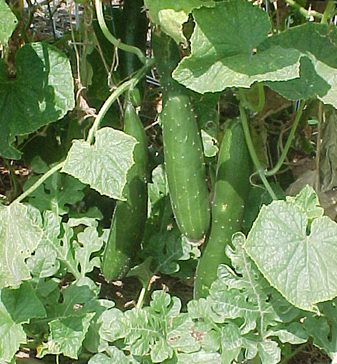
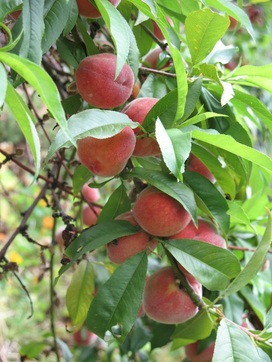
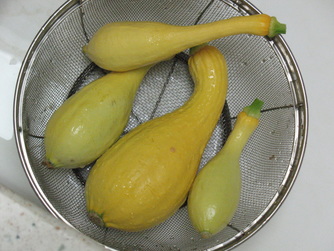
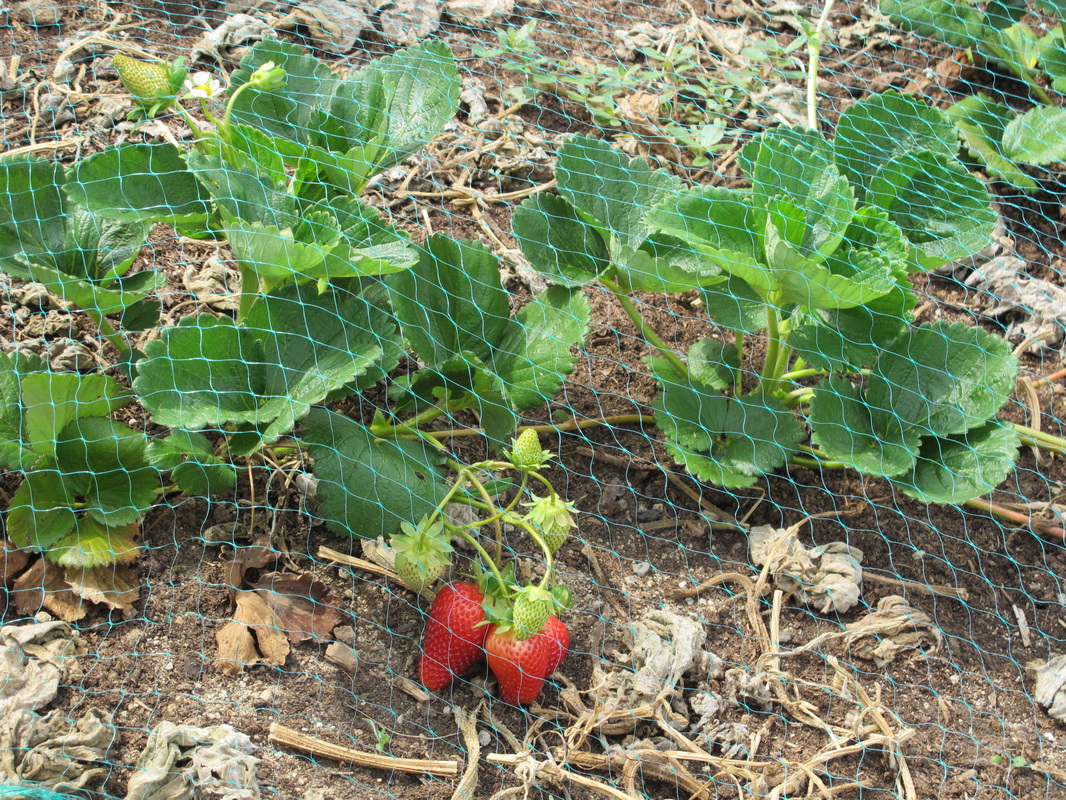
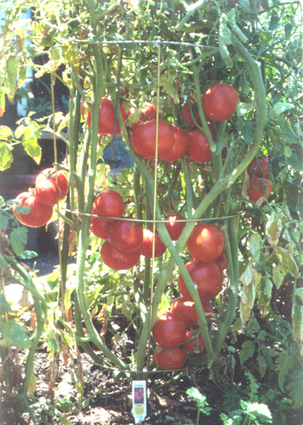
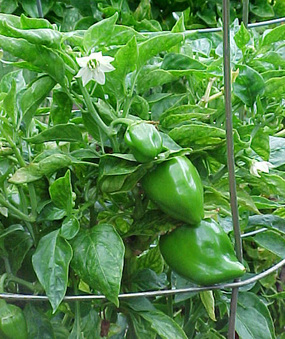
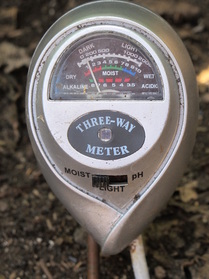
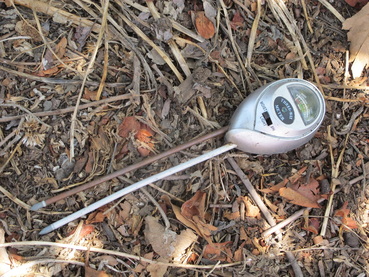
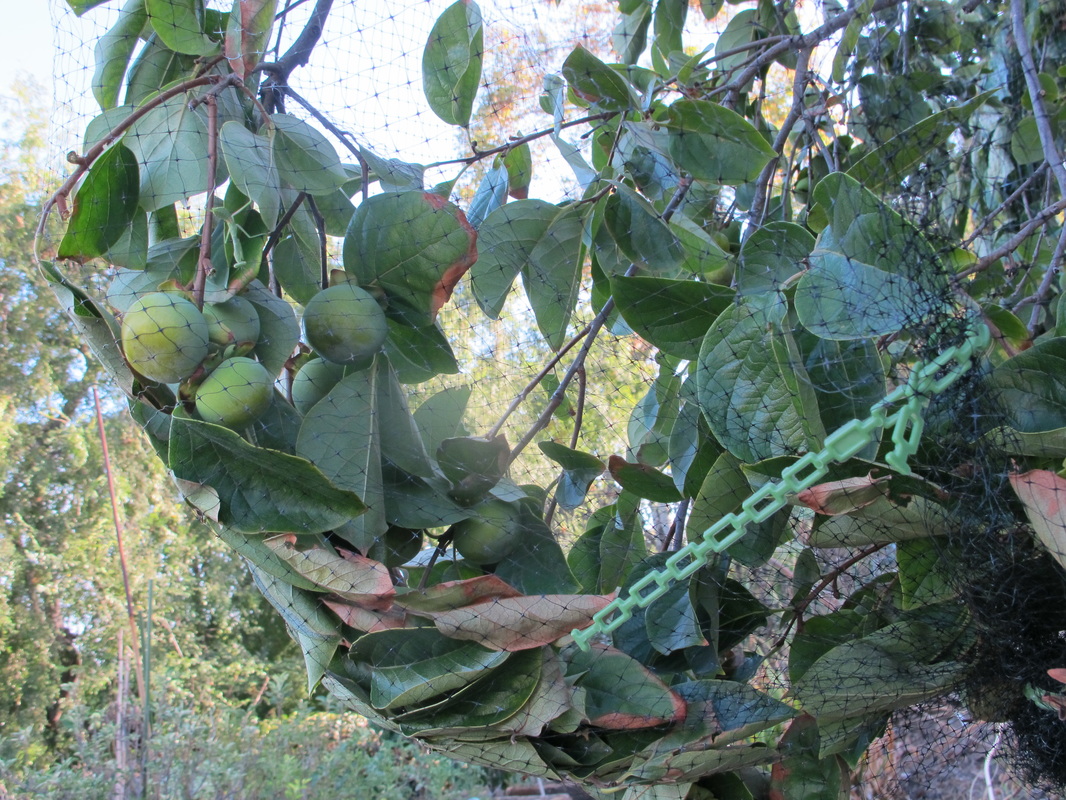
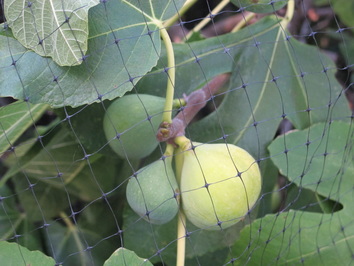
 RSS Feed
RSS Feed